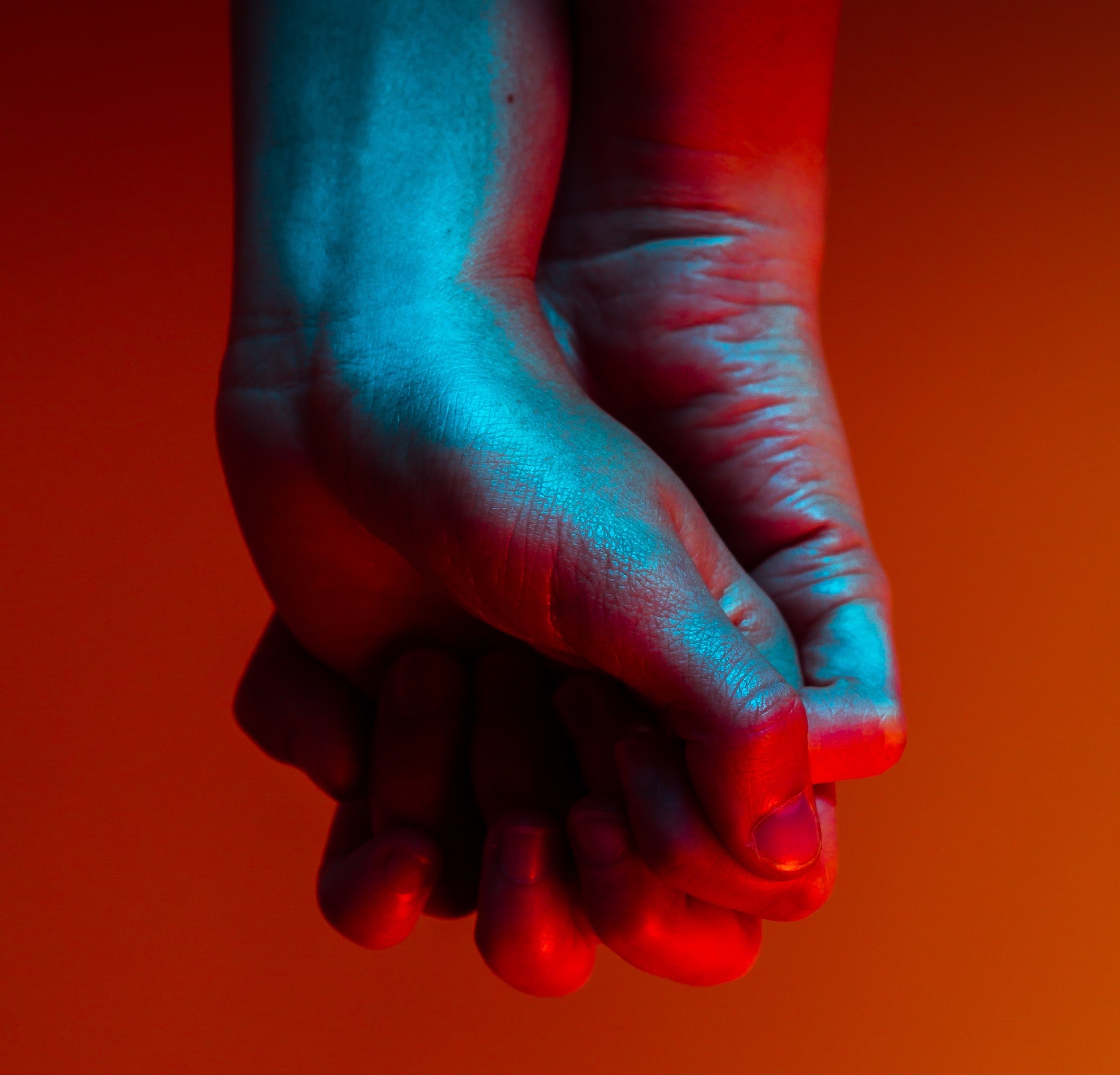Happy couples do this
A happy couple consists of two individuals who have made a conscious choice to come together and continue to actively choose to be with one another every day. Happy couples are made from individuals who are content within themselves and bring this sense of self – and maintain it - to the partnership. A happy couple is a relationship that can support and hold space for each other to feel and express all feelings, not just the happy ones.
One of the most important things is for each person to take responsibility for their own emotional needs. This facilitates an interdependent relationship that allows room for growth while feeling secure and safe, rather than a co-dependent situation of reliance on/needing the other ‘to survive’. It also forms a healthy base to grow as a couple and be able to honour whatever agreements you’ve made about what it means to be together.
It’s also important for each person to engage in regular self-care – doing the things you need to feel well. Know what it feels like to feel well and what you need for yourself to maintain that as best as possible.
Communicate about what’s happening in your internal world that impacts the relationship. This is part of the intimacy a couple has together. Something only for them.
Give one another their ‘love language’. It helps to know how you and your partner understand and receive love as a feeling, which may be different to how you show love, to make sure it’s being expressed to the other in a way that makes sense for them.
It’s also important to really hear the other, not just listen, in a way that holds space for them to be themselves and say what they need to say without fear of judgement, criticism, or rejection. When we hear what the other person needs, we can better support their emotions, because hearing someone involves a depth of understanding and empathy of their experience. Try not to jump into problem solving or coming up with an answer but tune into what they’re feeling with love and compassion.
Excerpts from the above first appeared in this article for The Latch.
Photo thanks to ian dooley on Unsplash
